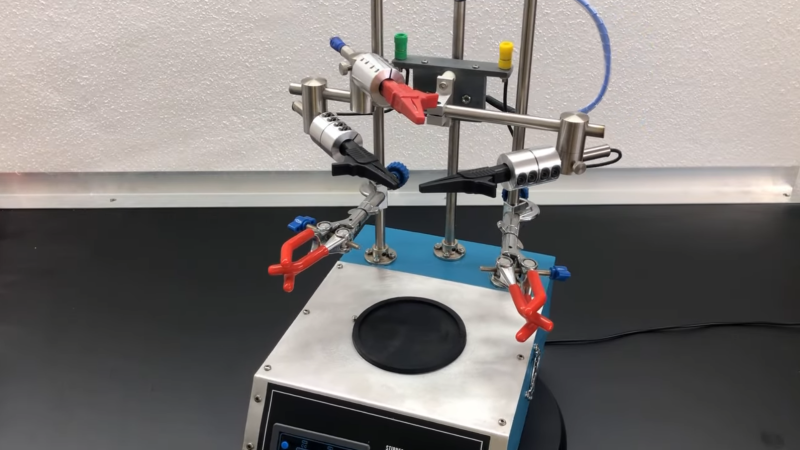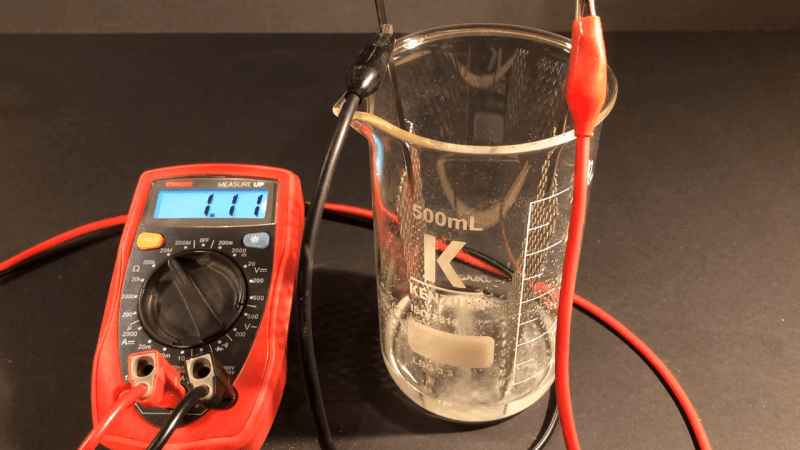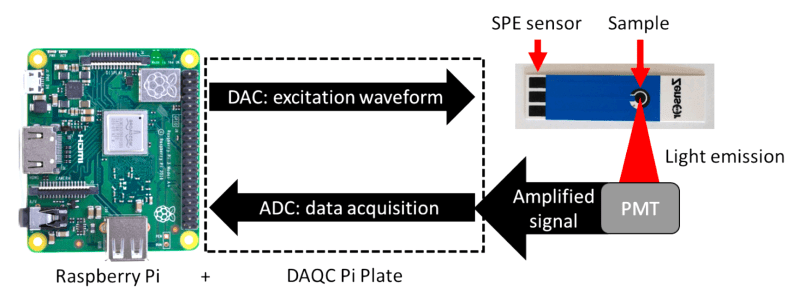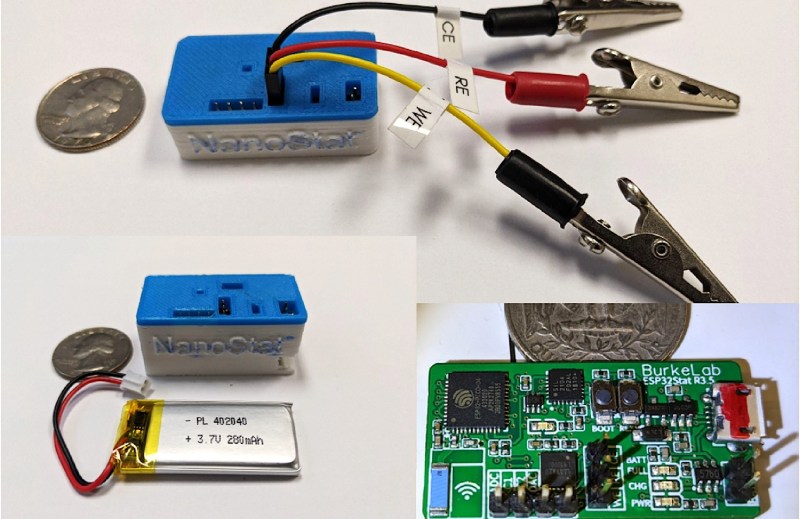Building A Multi-Purpose Electrochemistry Device

We don’t get enough electrochemistry hacks on these pages, so here’s [Markus Bindhammer] of YouTube/Marb’s lab fame to give us a fix with their hand-built general-purpose electrochemistry device. The basic …read more Continue reading Building A Multi-Purpose Electrochemistry Device


